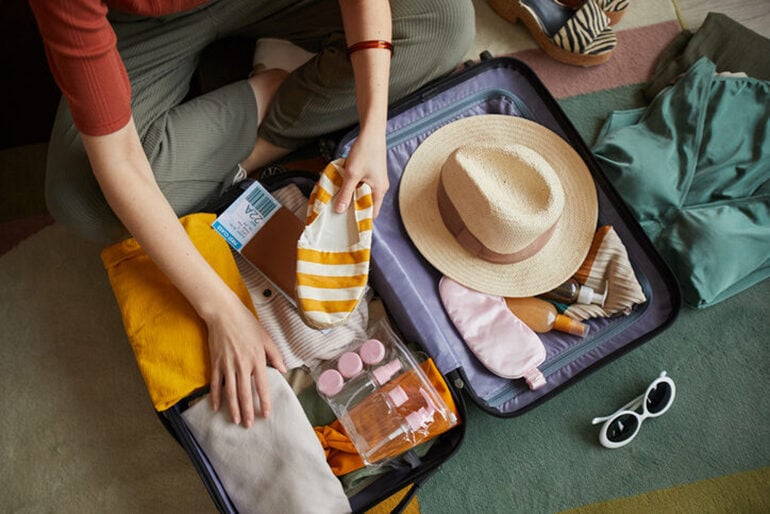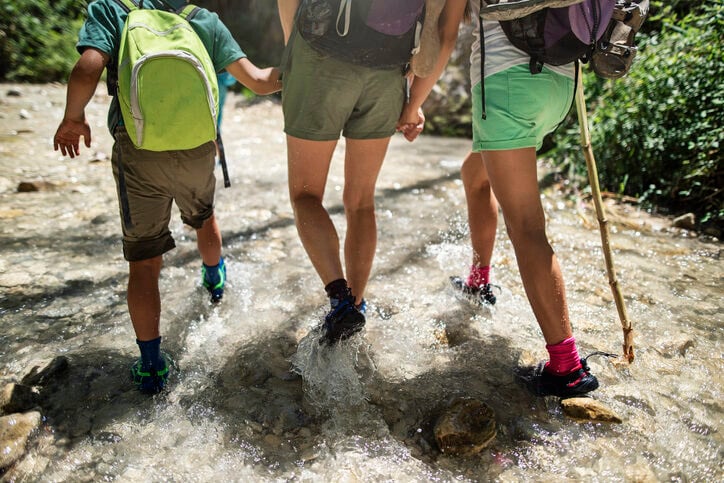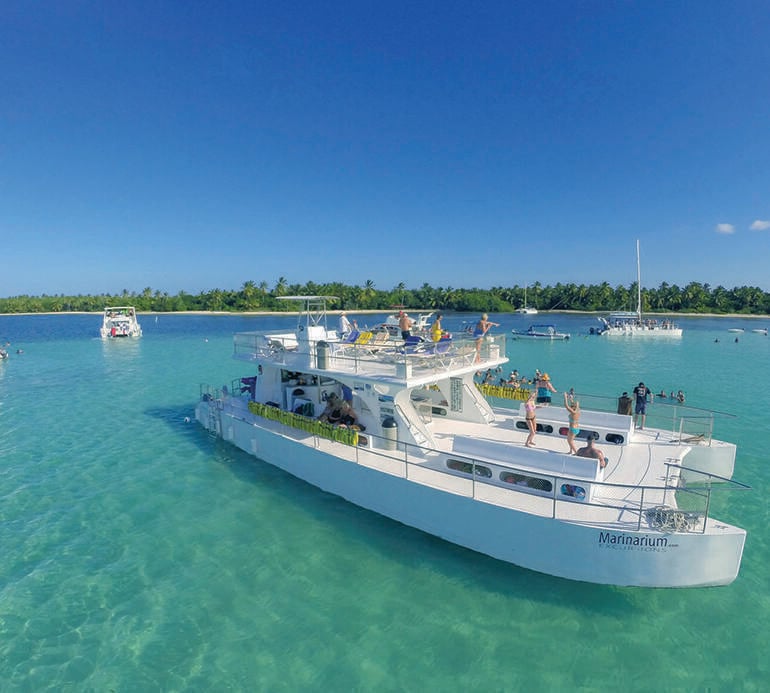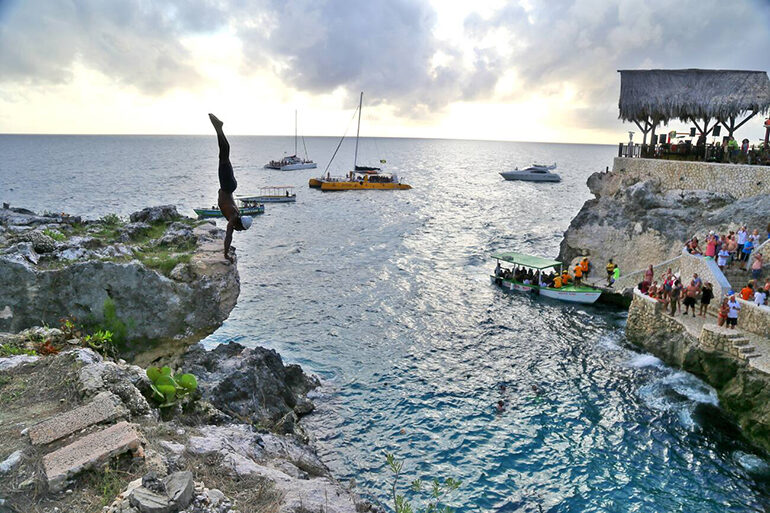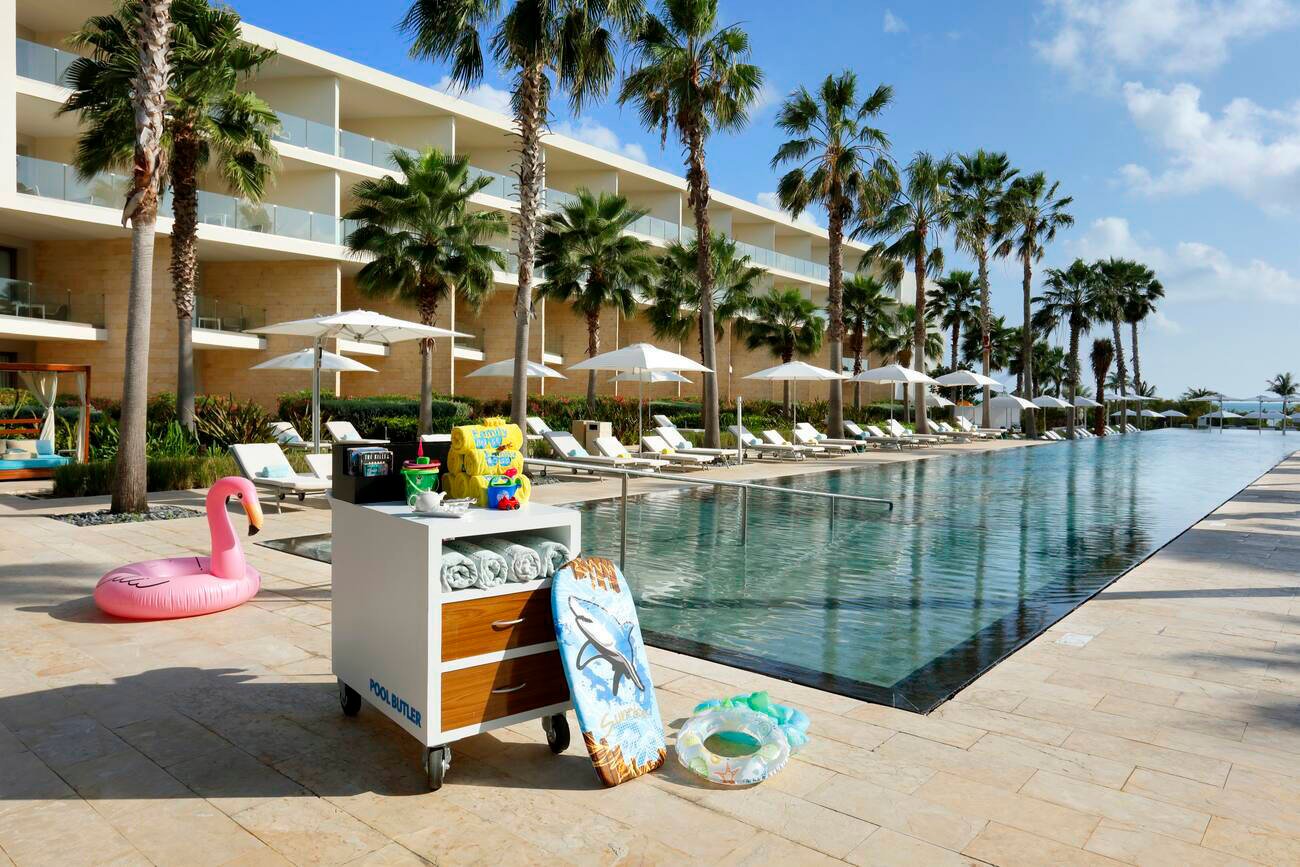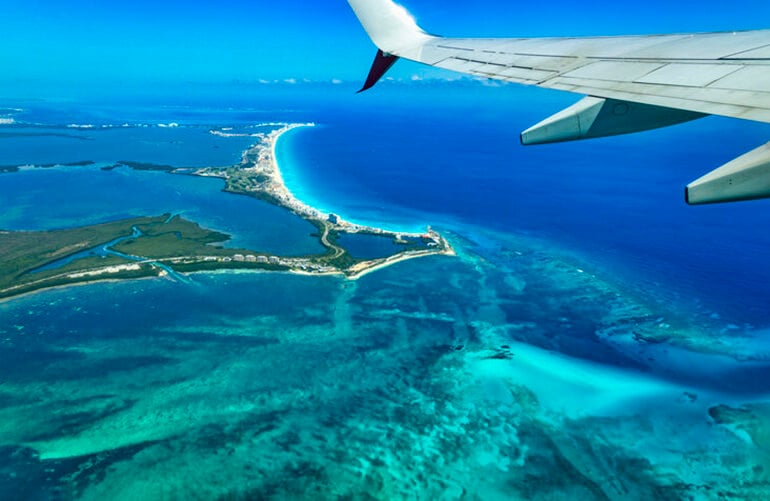Part of what makes a vacation an experience is going out and … well, experiencing the destination! But how do you prepare for off-site adventure? Sure, pre-booking tours helps with general packing guidelines for that specific tour, but realistically, in order to be ready for the best a place has to offer, there are certain things you should always bring with you to the tropics, especially if you’re planning on being out and about.
For that kind of expert guidance, we decided to Ask a Pro. Luckily, there’s no better expert to ask than the excursion pros at Amstar DMC, the leading and award-winning destination management company for the most popular touristic destinations in Mexico and the Caribbean, and a part of the extended ALG Vacations® family.
Here’s what Sashoi Beswick, Inside Sales Agent for Amstar DMC, recommends soft adventurers keep in their go bags.
What’s #1 on your essential “pack” list and why?
“Swimsuit,” Beswick answers promptly. “Many excursions involve water activities like swimming, snorkeling, or visiting stunning beaches, and having a swimsuit guarantees you’re all set to enjoy these adventures.
“There may be times when a swimsuit isn’t necessary, such as when you’re on an archeological excursion like Chichen Itza in the Mexican Caribbean. On cultural tours or city explorations where water activities aren’t included, your swimsuit can take a well-deserved break!” she laughs. “For those types of day trips, she advises travelers “focus on comfortable clothing and gear suitable for walking.” However, if you’re not sure if there might be an aquatic pit stop, throw one in your bag anyway. You never know when you’re in these types of destinations if there might be an opportunity for a dip!
Reef-safe sunscreen. Why is that designation important?
On ALGV’s TravelBlogue, we’ve been vociferous about the importance of reef-safe sunscreen, and it’s a message Amstar also gets behind. Beswick explains, “It's essential because conventional sunscreens often contain harmful chemicals that can damage coral reefs and marine life.” So even though we may not see or feel its effects, that doesn’t mean that these living ecosystems don’t – yet another critical reminder to leave no trace.
“For example, when joining a cenote excursion, it's extremely important to keep the water free from chemicals to preserve these unique ecosystems. By choosing reef-safe sunscreen, you're not only protecting your skin but also being a responsible traveler, safeguarding the delicate environments you're visiting and ensuring they remain pristine for future generations to enjoy.”
Learn more about how to “sustain” your love of travel and becoming a thought leader for responsible travel, or check out these or these environmentally responsible resort options! Also, be sure to read what it means to be a socially responsible (e.g. kinder) traveler here.
Do I need insect repellant, and if so, what kind?
This is a solid yes from Beswick. “Amstar does not provide insect repellent, but we do recommend you bring your own to ensure you won’t become an all-you-can-eat buffet for bugs!” But like sunscreen, you want to be careful about what you introduce to the natural environment. After all, you are entering their home and natural habitat, so it’s important to be mindful of the fragile ecosystems of these protected places.
“Environmentally friendly options include repellants made with natural ingredients like lemon eucalyptus oil or those with a lower concentration of DEET,” she says. Many of these natural options are pet- and child-safe, and just as effective as the chemical varieties. For instance, EcoSmart, Murphy’s Naturals, and Zevo (which uses amino acids to also protect against ticks!), are all excellent choices.
In terms of application, “People have different preferences, so choose the method that works best for you,” she says. “Sprays and lotions tend to provide more even coverage; bracelets and stickers might be more convenient.” Luckily, these natural choices also come in several formats, such as Zevo’s non-sticky, odorless lotion, Murphy’s travel-friendly balm tin and balm stick, and even cute and fun mosquito-repelling Buzz Patch stickers.
What do you think of packing a water bottle?
Tour operators like Amstar will often provide water on trips with long rides, but there are a lot of reasons to bring your own. As part of our corporate emphasis on kindness (join in for TAAM by tagging #AlwaysTravelKind), both toward each other and our planet, Amstar encourages guests to bring their own to help cut down on single-use plastics. But that doesn’t mean you always need to carry your favorite S’well or Hydro Flask!
Beswick says, “When deciding whether to bring your own water, consider the type of excursion you’re embarking on. For instance, if you’re going on a family cruise in Jamaica that includes an open bar with drinks aplenty, you won’t need to worry about bringing your own water!
“However, for excursions like an adventure to Dunn’s River Falls, it’s wise to bring your own reusable water bottle. While we do provide water for tours like these, having your own bottle ensures you stay hydrated throughout the day while also helping to reduce plastic waste.”
How about a wet bag or waterproof phone envelope?
While many phones nowadays claim to be waterproof, that’s an experiment the vast majority of us don’t want to conduct on vacation! Nor do we want to test the flotation ability of our digital tethers. This makes on-site purchases of waterproof sleeves and their like popular at parks like Xcaret and others. But are they necessary?
Beswick tells us, “If you’re joining water-based activities like snorkeling, we recommend you keep your belongings dry and happy with a wet bag or waterproof phone envelope. They’re like a superhero cape for your valuables!”
When shopping for one, she recommends that buyers “look for ones with a good seal and high waterproof rating. Popular brands include Sea to Summit for dry bags and for phone pouches, Aquapac and affordable JOTO.”
What about hats and shoes?
Beswick recommends always throwing a pair of closed-toe shoes in your bag and to “just remember, when exploring the wonders of nature, style comes second to safety!” Read her footwear recommendations here!
As for hats, “The type you choose should depend on your personal preference, the specific activities you’ll be participating in, and the destination,” she says.
“For example, if you’re joining a local sightseeing excursion in Costa Rica, a baseball cap will likely be just fine. It offers good sun protection and is easily adjustable. However, if you’re going to be spending more time outdoors and require additional shade, a wide-brimmed floppy hat provides better coverage for your neck and shoulders.”
What do travelers absolutely need to pack that’s often forgotten?
“Oh, quick-drying clothing!” Beswick says. “Nobody likes to be a soggy traveler!”
Also, “UV-blocking sunglasses to protect your eyes and look cool doing it; a small daypack for carrying your essentials and looking adventurous; and a camera or Smart phone to capture those ‘OMG I was there!’ moments,” she lists.
“Of course, always check the specific requirements for each tour or excursion, as needs may vary. You can also contact your travel advisor or, if in-destination already, your Amstar rep. With the right prep, you’re sure to have a blast!”
We all know how important it is to Plan with a Pro when it comes to travel. After all, Travel Advisors Get You There. But equally important is making sure advisor pros are supported and surrounded by pros themselves, particularly when it comes to topics peripheral to travel. That’s where TravelBlogue comes in
